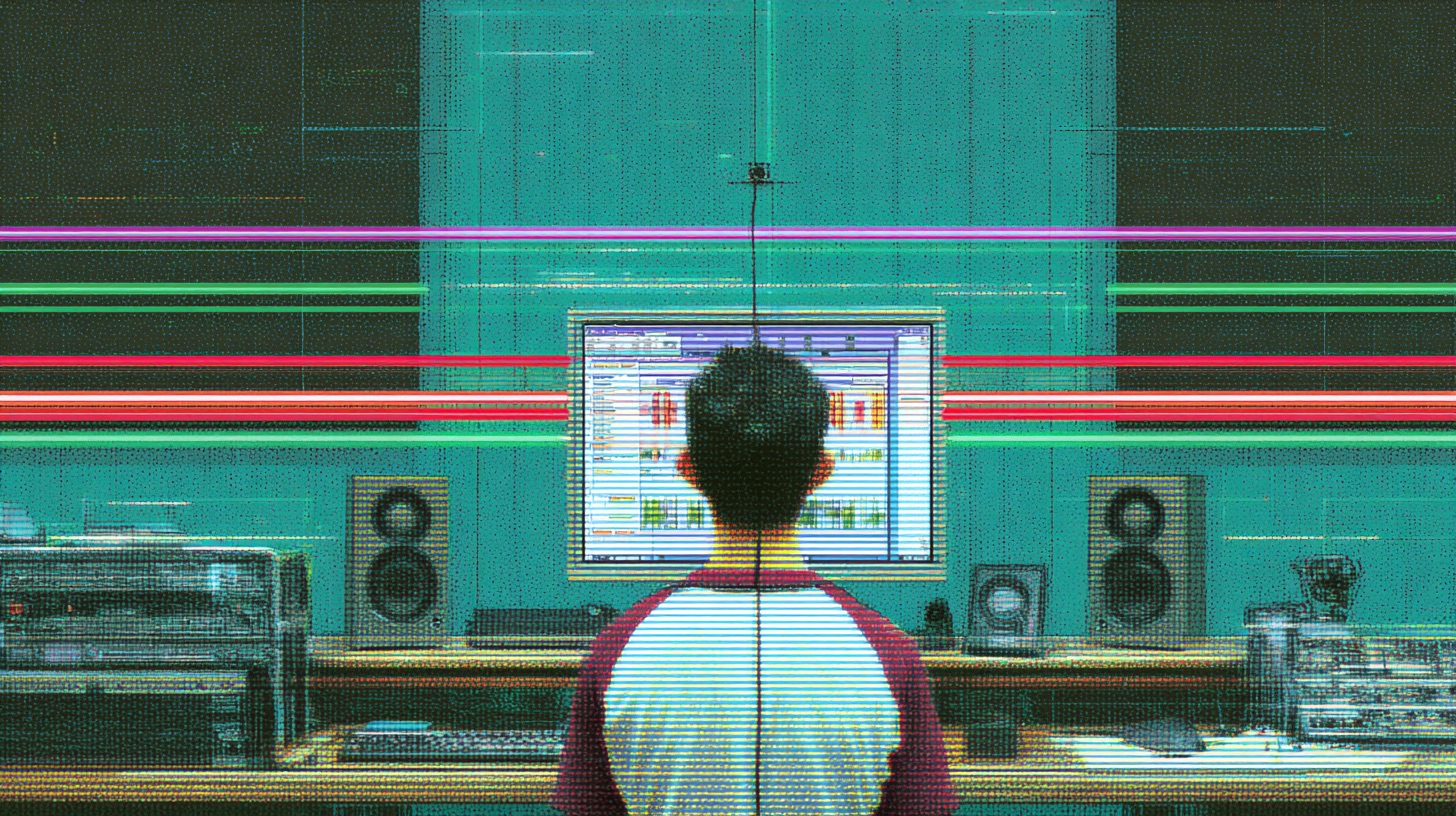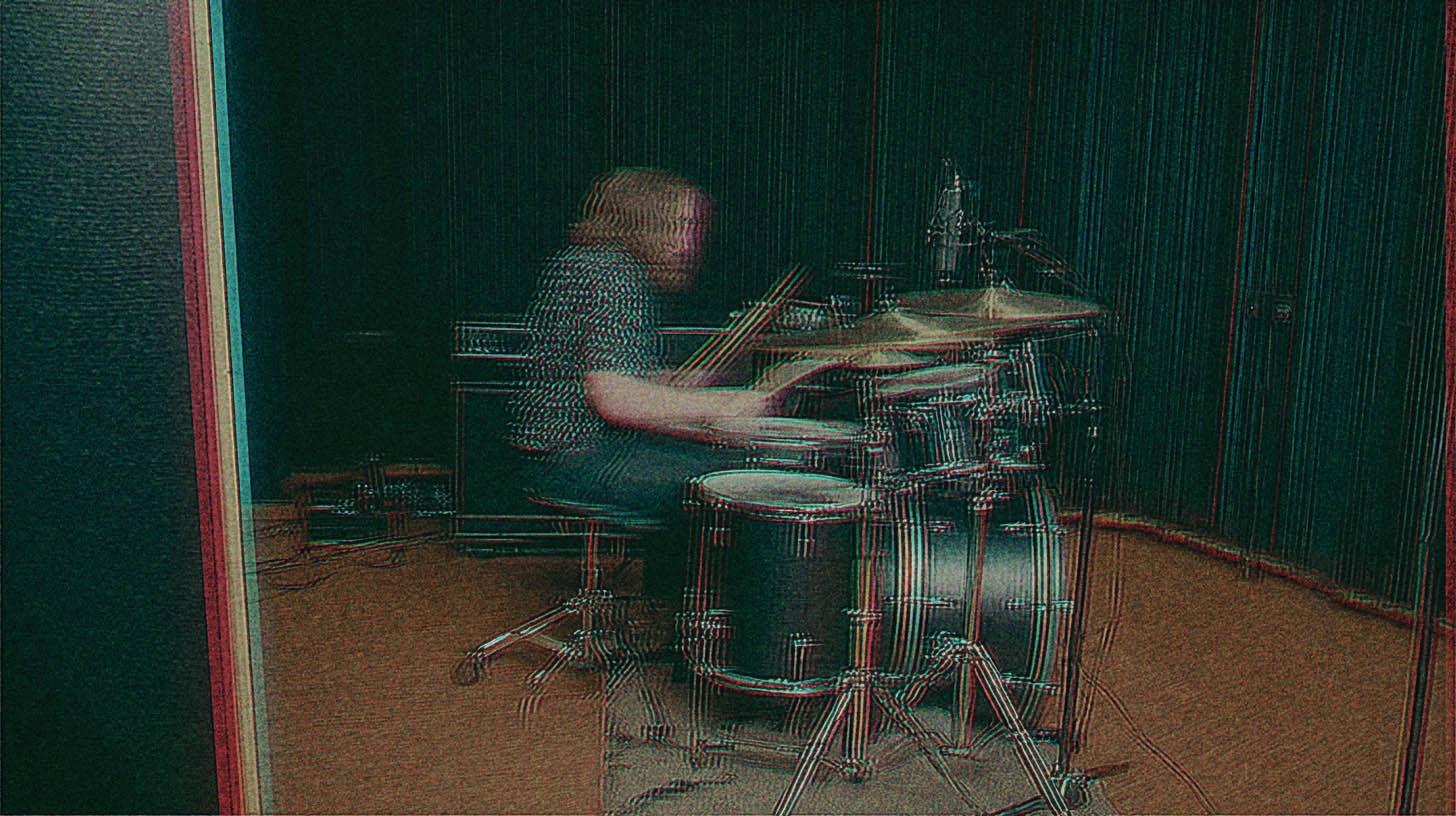
How to Use Plate Reverb for Epic Metal Mixes
Nail The Mix Staff
When you think of a modern metal mix, the word “reverb” might bring to mind a swamp of mud that buries your guitar tone and makes your drums sound weak. It’s the fastest way to lose punch and clarity. But here’s the thing: used correctly, reverb is the secret sauce that gives a mix its sense of space, depth, and epic scale.
And when it comes to metal, not all reverbs are created equal. Forget those washy, dark halls that just add mush. The undisputed champion for adding size that cuts through a dense wall of guitars is the plate reverb.
Let’s break down how to use this classic effect to make your drums, vocals, and leads sound absolutely massive.
What is Plate Reverb (And Why Should You Care)?
Before digital plugins, if you wanted reverb, you had to get creative. A plate reverb was literally a giant, thin sheet of metal (the plate) suspended in a wooden box. You’d send audio into a transducer that vibrated the plate, and pickups would capture those vibrations, creating the reverb effect.
Why does this old-school tech work so well for metal? It’s all about the sonic character:
- Bright & Dense: Unlike a natural room or hall, a plate has a bright, shimmery quality with a very dense reflection pattern. This metallic character helps it slice through distorted guitars and cymbals instead of getting lost underneath them.
- Quick Attack: It builds to its full sound very quickly, giving you an immediate sense of space without the long, evolving pre-delay of a massive hall.
This combination of brightness and density is exactly what you need to add size without sacrificing the aggressive, in-your-face impact that metal demands.
The Classic Move: Giving Your Snare Punch and Power
A massive snare is the backbone of a heavy track. If you want that explosive crack that echoes through the mix, a plate reverb is your go-to tool. Slapping a reverb directly on the snare track is a rookie mistake; you need to use a dedicated effects bus (or send/return).
Setting Up Your Snare Plate
First, create an aux track and put your favorite plate reverb plugin on it. Some killer options are the Arturia Rev PLATE-140, Soundtoys Little Plate, or the UAD EMT 140. Send your main snare track (and maybe your snare top mic) to this bus.
Now, let’s dial it in:
- Pre-Delay: This is the most important setting. Pre-delay is the amount of time before the reverb kicks in. By setting it to somewhere between 30-80ms, you allow the initial dry crack of the snare to hit the listener first, completely un-smeared. The reverb then blooms after the transient, giving you size without losing punch.
- Decay Time: This controls how long the reverb tail lasts. For a modern metal snare, a decay time of 1.8 to 2.5 seconds is a great starting point. It’s long enough to sound huge but not so long that it washes out the mix.
- EQ the Reverb: This is non-negotiable. The reverb return itself needs to be EQ’d. Use a high-pass filter to cut out all the low-end mud below 200-300Hz. You can also use a low-pass filter to tame any excessive high-end sizzle that might clash with your cymbals. For more on shaping tones, see how a parametric EQ is your surgical knife for metal.
Get That '80s Gated Reverb Sound
For a tighter, more controlled but still massive sound, try gating the reverb. Place a noise gate plugin after your plate reverb on the aux track. Set the threshold so the gate only opens when the snare hits. Now, adjust the hold and release times on the gate to abruptly cut the reverb tail off. This gives you that classic, explosive ‘80s thrash snare sound—all of the impact, none of the messy tail.
To make the gated effect even more powerful, you can insert a compressor before the gate to smash the reverb tail, making its volume more consistent. This makes the gate's cutoff even more dramatic. If you’re new to this, understanding what a compressor does is the first step.
Giving Vocals Space Without Losing Aggression
Screamed and growled vocals need to feel powerful and sit right in the listener’s face. Drenching them in reverb can make them sound distant and weak. A plate reverb, used surgically, can give them a professional sense of space while keeping them aggressive and up-front.
Short Plates for Presence
For main vocal parts, you don’t want a long, trailing reverb. Use a plate with a shorter decay time, somewhere around 0.8 to 1.5 seconds. Again, use pre-delay (15-40ms) to separate the dry vocal from the reverb effect. This creates a subtle "slap" of space around the vocal that helps it sit in the mix without pushing it to the back.
Pro Tip: Automate your reverb send. Keep it lower during dense, fast vocal phrases and turn it up on the last word or syllable of a line. This adds a dramatic flair and enhances the dynamics of the performance without cluttering the main parts.
Creating Contrast for Cleans
If your song has clean vocal sections, this is your chance to create a massive contrast. Use a separate, much longer and more lush plate reverb just for these parts. A decay time of 4 seconds or more can create a dreamy, atmospheric sound that makes the return of the heavy, dry vocals feel even more impactful.
Using Plate Reverb on Guitars (Carefully!)
Let’s get this out of the way first: do NOT put reverb on your main heavy rhythm guitar tracks. This is the fastest way to create a muddy, undefined mess and lose all your chugging power.
However, plate reverb is an amazing tool for other guitar elements.
Making Solos and Leads Soar
A wailing guitar solo is the perfect candidate for a healthy dose of plate reverb. A medium-to-long plate (2-4 seconds) will give your lead that epic, stadium-rock feel, helping it float over the top of the rhythm section. Just like with the snare, send your lead to an aux track and EQ the reverb return so it doesn’t fight with the dry lead tone. Learning how to widen metal guitars can also help create an immersive feel.
Atmosphere for Clean Tones
For intros, bridges, or breakdowns with clean or ambient guitars, a long, shimmery plate reverb is your best friend. Crank the decay time and mix level to transform a simple arpeggio into a massive atmospheric pad. Pair it with a stereo delay for even more complex and interesting textures.
The Next Step: See How The Pros Do It
Dialing in a plate reverb is about more than just knowing the settings—it’s about feel, and how those settings interact with compression, EQ, and automation in the context of a full mix. The techniques here are your blueprint, but seeing them in action is what takes your skills to the next level.
Imagine watching the actual producer of a monolithic metal album dial in the perfect snare reverb from scratch, explaining every single move. At Nail The Mix, that’s exactly what you get. Every month, you get the real multi-tracks from bands like Gojira, Lamb of God, and Periphery, and watch as a world-class producer mixes them live, showing you how they get those powerful, professional sounds.
See how they use these exact tools to craft mixes that hit hard and feel huge. Unlock your sound and start mixing modern metal beyond presets.
Get a new set of multi-tracks every month from a world-class artist, a livestream with the producer who mixed it, 100+ tutorials, our exclusive plugins and more
Get Started for $1






